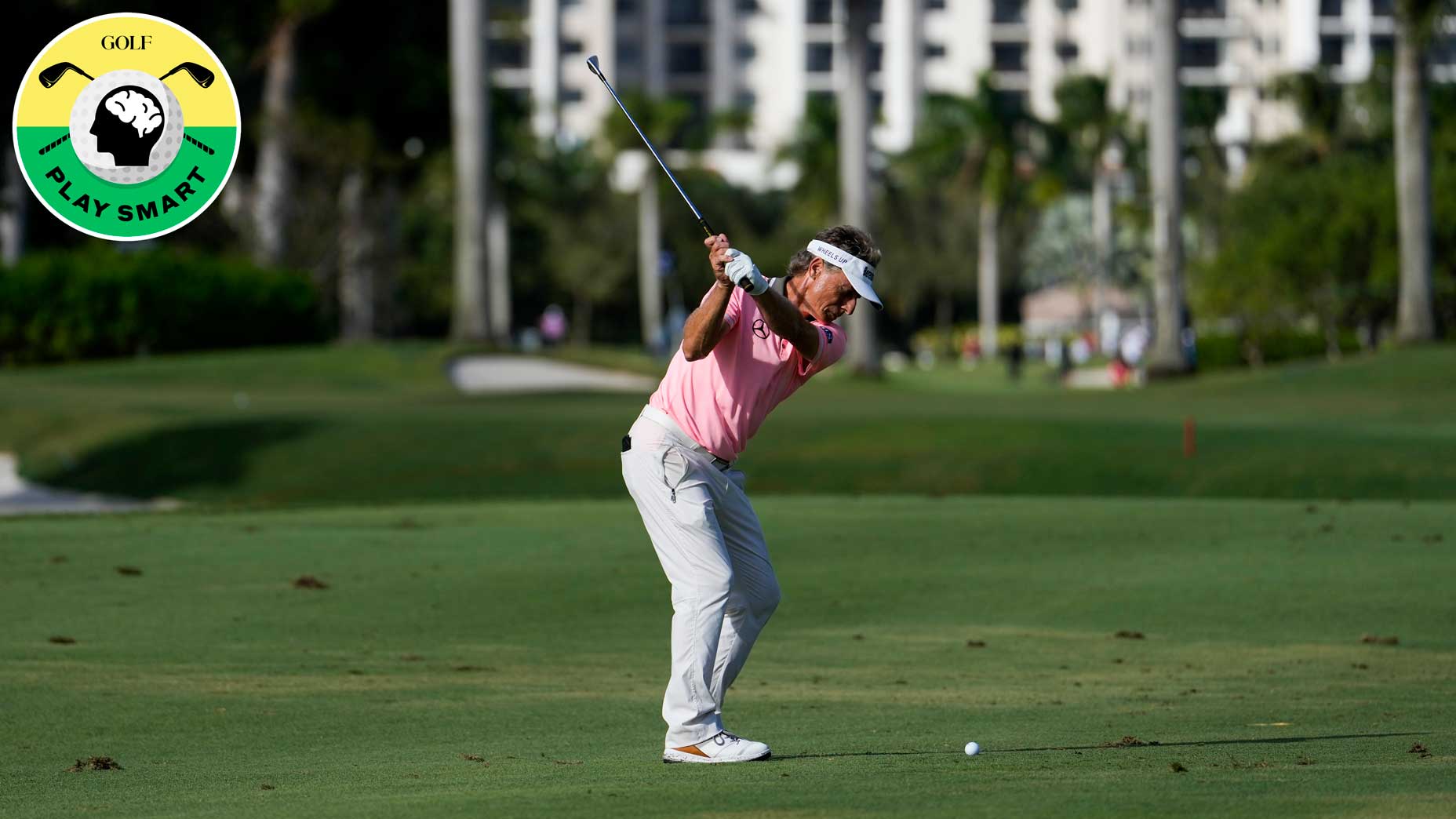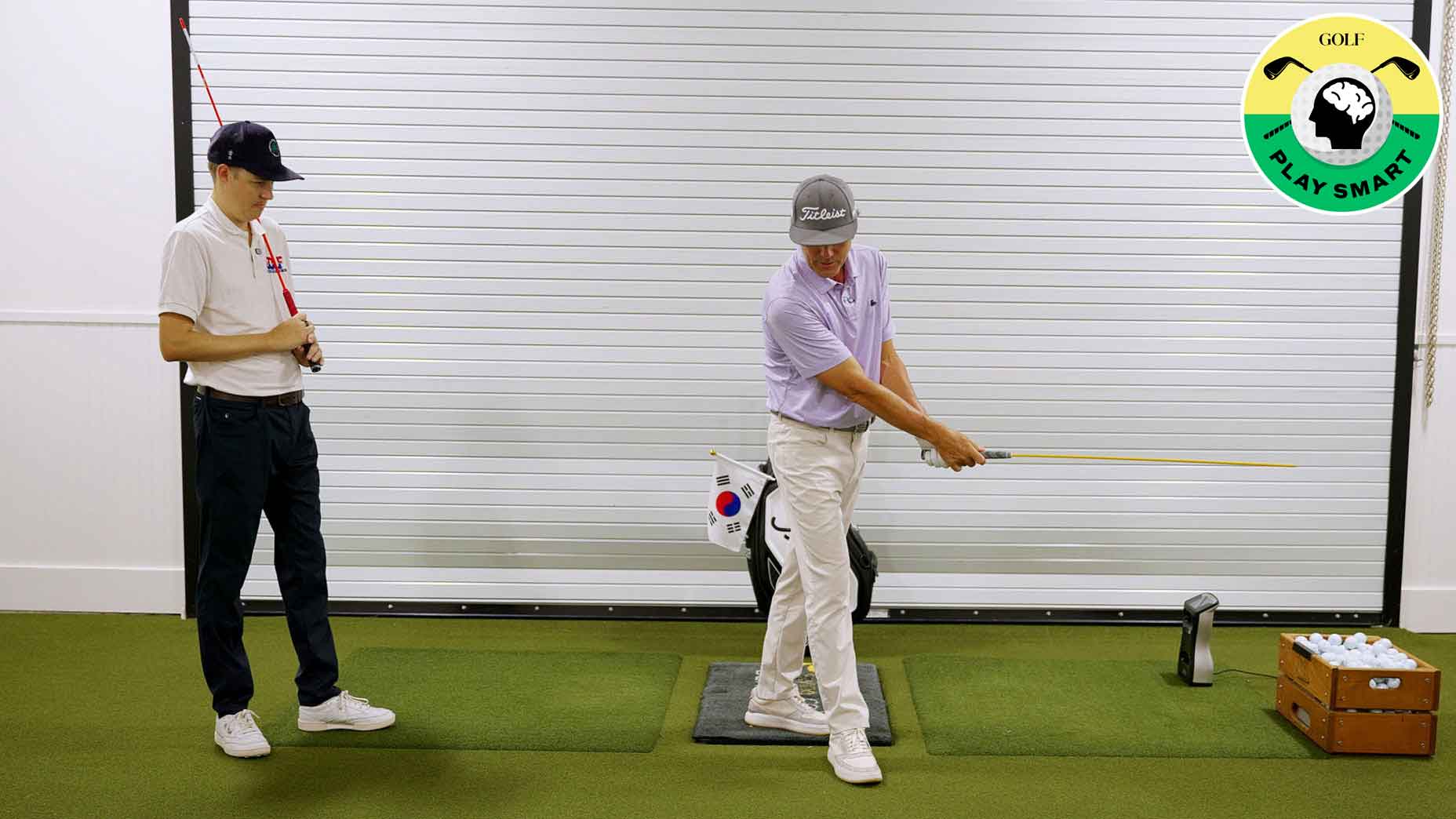Welcome to Play Smart, a regular GOLF.com game-improvement column that will help you play smarter, better golf.
Bernhard Langer‘s golf game ages like fine wine. Despite Father Time’s best efforts, Langer remains competitive each and every week on the Champions Tour. And some weeks, he’s even more than competitive — he’s downright dominant.
Last week, Langer was dominant. Playing in the TimberTech Championship, the 65-year-old dusted a field of top pros on the senior circuit and cruised to a six-shot victory. The win was Langer’s 44th overall on the Champions Tour, and his second this season.
“I was happy with most of my game this week,” Langer said. “There wasn’t a whole lot that could be improved upon, I guess. I drove it very well, my irons were good for the most part. The only thing is that the first day I didn’t make a lot of putts, but I made more than my share yesterday and a few today. I can’t really complain.”
Superhuman Bernhard Langer breaks own record (again!), explains longevityBy: Josh Berhow
After a two-round total of 129 over the weekend, it’s hard to nitpick your game too much. Langer made 20 birdies over 54 holes, and dropped just three shots for the tourney.
But perhaps even more impressive than the physical components of Langer’s game were his course management skills. Winning by six shots takes far more than solid ball striking and a hot putter. It also requires elite course management.
Langer explained after his final round that when he secured a sizable lead on Sunday, he began to employ what he calls a “cautiously aggressive” mindset.
“You don’t go for every flag,” he said. “You just hit them to the middle of the green and put the pressure on the other guy to produce something.”
It might be rare for recreational players to find themselves stewarding a huge lead on a Sunday, but that doesn’t mean Langer’s strategy should be ignored. Using a cautiously aggressive game plan during your own round can result in lower scores, too.
By firing away from pins and instead aiming for the fattest part of the green, you’re reducing the chance that you make a big number, which are killers for weekend warriors. Instead, just try to get the ball onto the putting surface — wherever that may be — and continue from there.
Ideally, this will reduce the number of doubles on the card and give you more two-putt pars. Better yet, you might even roll some of those putts in for birdie, helping your scorecard even more.
But don’t just take my word for it. Langer’s long list of accolades should be more than enough to convince you that sometimes, the best shot is the one you didn’t take.











